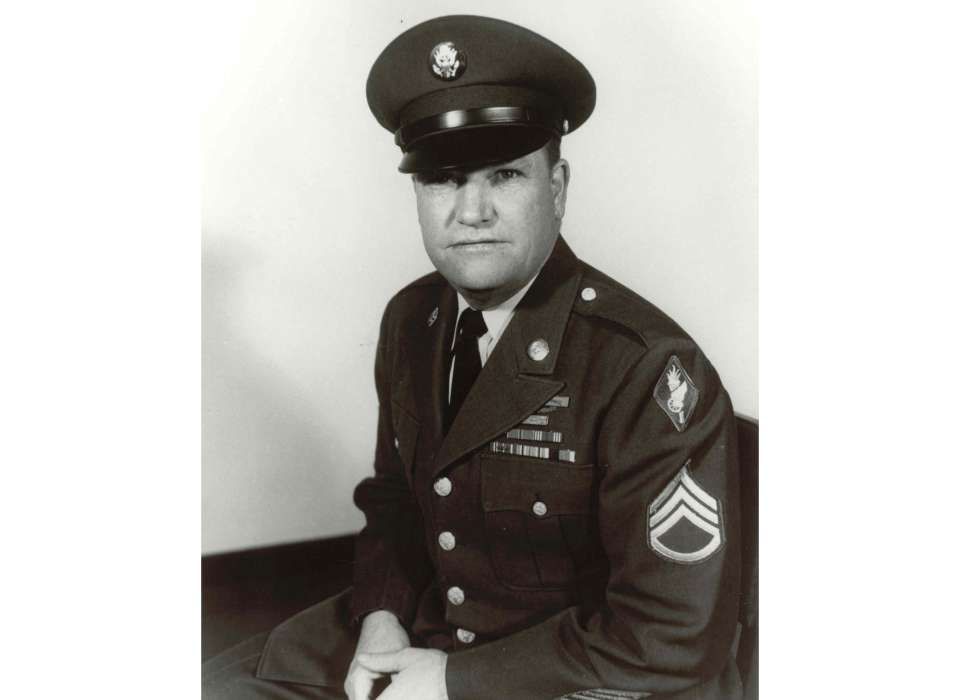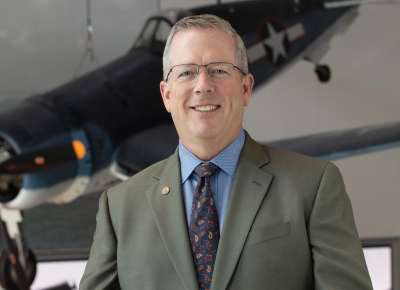Top image: James R. Hendrix. Courtesy Congressional Medal of Honor Society, https://www.cmohs.org/recipients/james-r-hendrix#media-gallery-1
James R. Hendrix was born on August 20, 1925, in the small town of Lepanto, Arkansas. The son of a sharecropper, Hendrix left school after the 3rd grade to work the fields, until he was drafted into the US Army at age 18. As a private in the 53rd Armored Infantry Battalion of the 4th Armored Division, Hendrix arrived in France with George S. Patton’s Third US Army in July 1944. After weeks of hard fighting in the Normandy bocage, US forces finally broke through German lines at St. Ló, France on July 25, 1944, prompting a German withdrawal that soon turned into a rout. Third Army formed the right wing of the pursuing Allied armies. The dramatic victory raised hopes that the Allies would defeat Germany by Christmas, but logistics shortfalls and tenacious German defense in challenging terrain caused the Allied advance to stall by mid-December. Under the cover of harsh winter weather, Adolf Hitler launched a desperate counteroffensive in the Ardennes on December 16, 1944. The Germans achieved surprise, and their early success led General Dwight D. Eisenhower to commit his strategic reserve to bolster the defense. German forces pushed deep into friendly lines and soon encircled Bastogne, trapping the 101st Airborne Division. The day after Christmas, Hendrix was in the vanguard of the 4th Armored Division, ordered to relieve the garrison, when they encountered enemy forces near Assenois, Belgium, just a few miles south of Bastogne. Because of his actions that day, Hendrix would receive the Medal of Honor, presented by President Harry S. Truman at the White House, on August 23, 1945. The citation read:
“On the night of 26 December 1944, near Assenois, Belgium, he was with the leading element engaged in the final thrust to break through to the besieged garrison at Bastogne when halted by a fierce combination of artillery and small-arms fire. He dismounted from his half-track and advanced against two 88-mm guns, and, by the ferocity of his rifle fire, compelled the guncrews to take cover and then to surrender. Later in the attack he again left his vehicle, voluntarily, to aid two wounded soldiers, helpless and exposed to intense machine-gun fire. Effectively silencing two hostile machine guns, he held off the enemy by his own fire until the wounded men were evacuated. Pvt. Hendrix again distinguished himself when he hastened to the aid of still another soldier who was trapped in a burning half-track. Braving enemy sniper fire and exploding mines and ammunition in the vehicle, he extricated the wounded man and extinguished his flaming clothing, thereby saving the life of his fellow soldier. Pvt. Hendrix, by his superb courage and heroism, exemplified the highest traditions of the military service.”
Hendrix attended airborne school after the war and continued to serve as a master sergeant until he retired in 1965. After retirement, he moved to Davenport, Florida, where he lived with his wife and four daughters until his death in 2002.
Mark T. Calhoun, PhD
Mark T. Calhoun, PhD, is a former Senior Historian at the Jenny Craig Institute for the Study of War and Democracy.
Cite this article:
MLA Citation:
APA Citation:
Chicago Style Citation:





![Max Fuchs, New York City cantor, sings as Rabbi Sydney [sic] Lefkowitz, Richmond, VA, conducts the first Jewish services from Germany.](/sites/default/files/styles/max_650x650/public/2025-10/image1.jpg)



